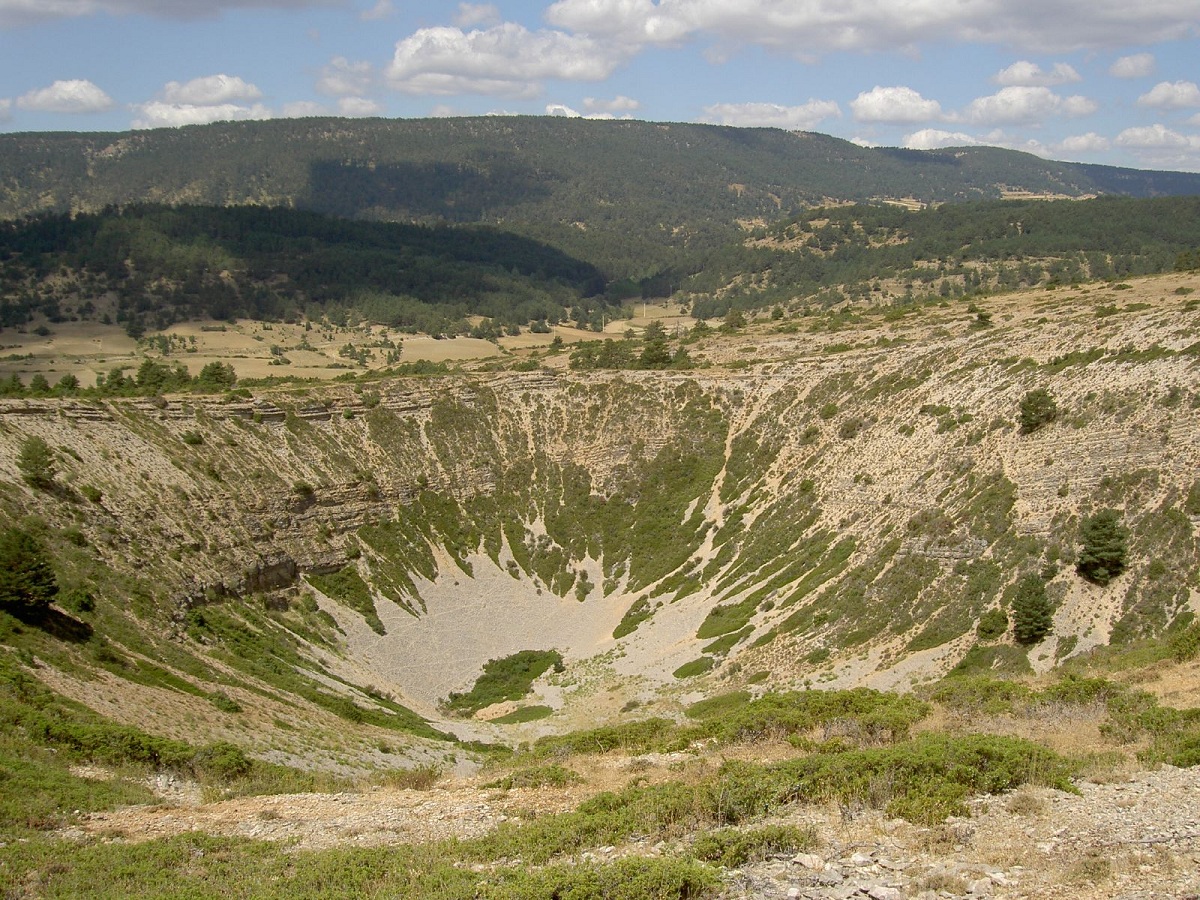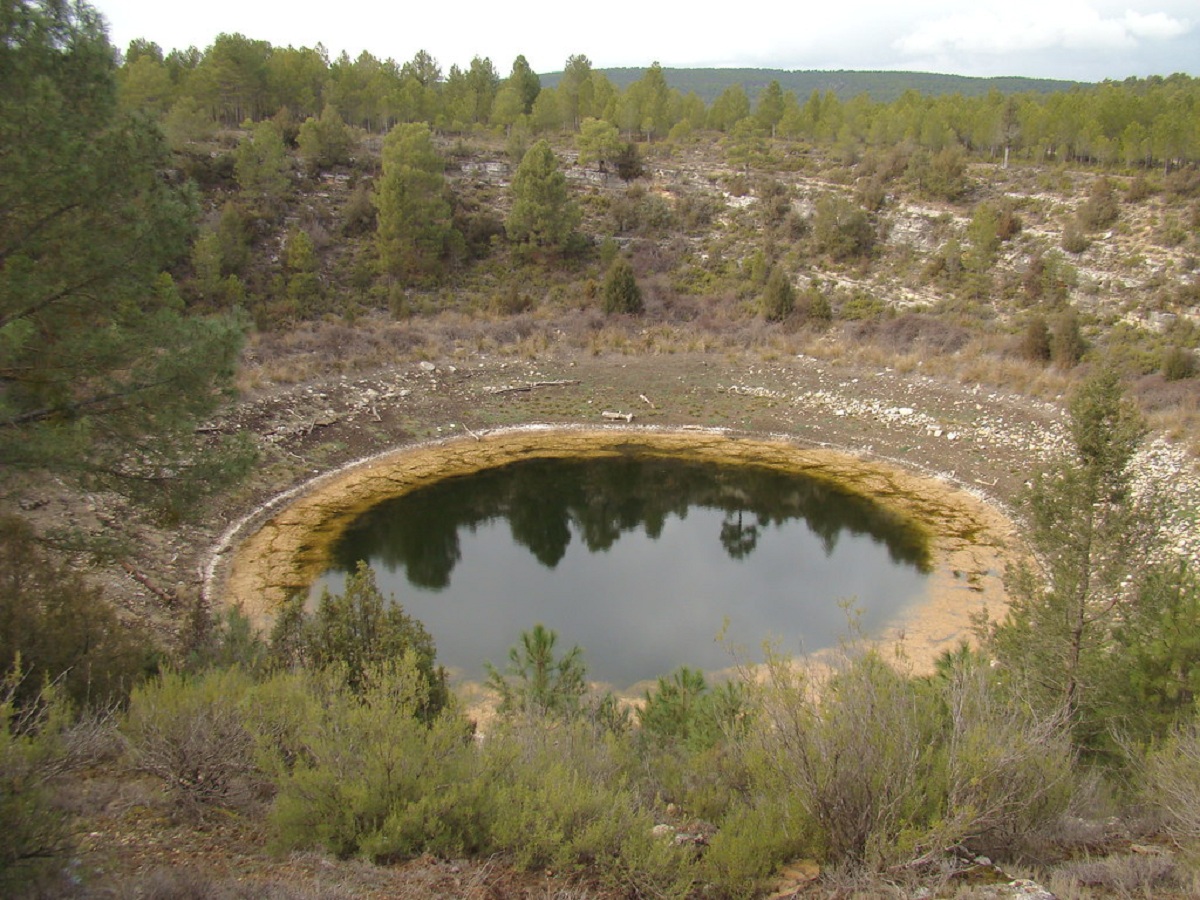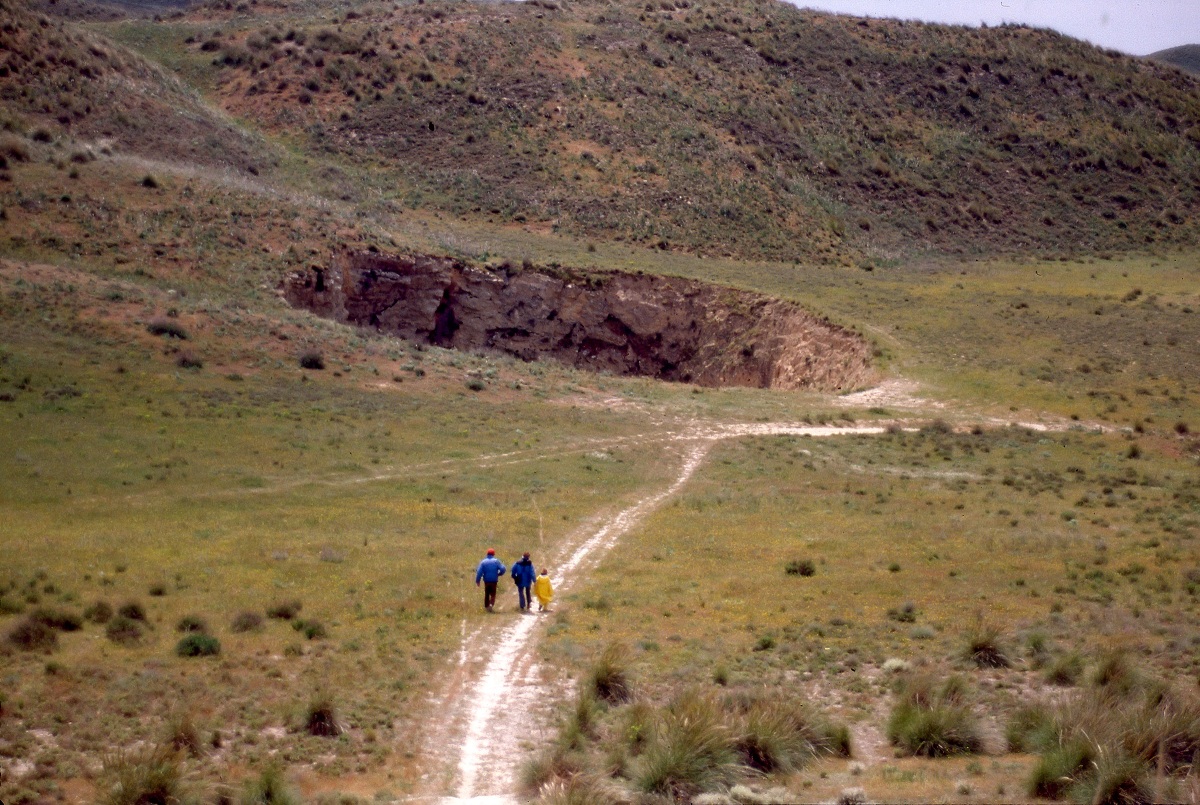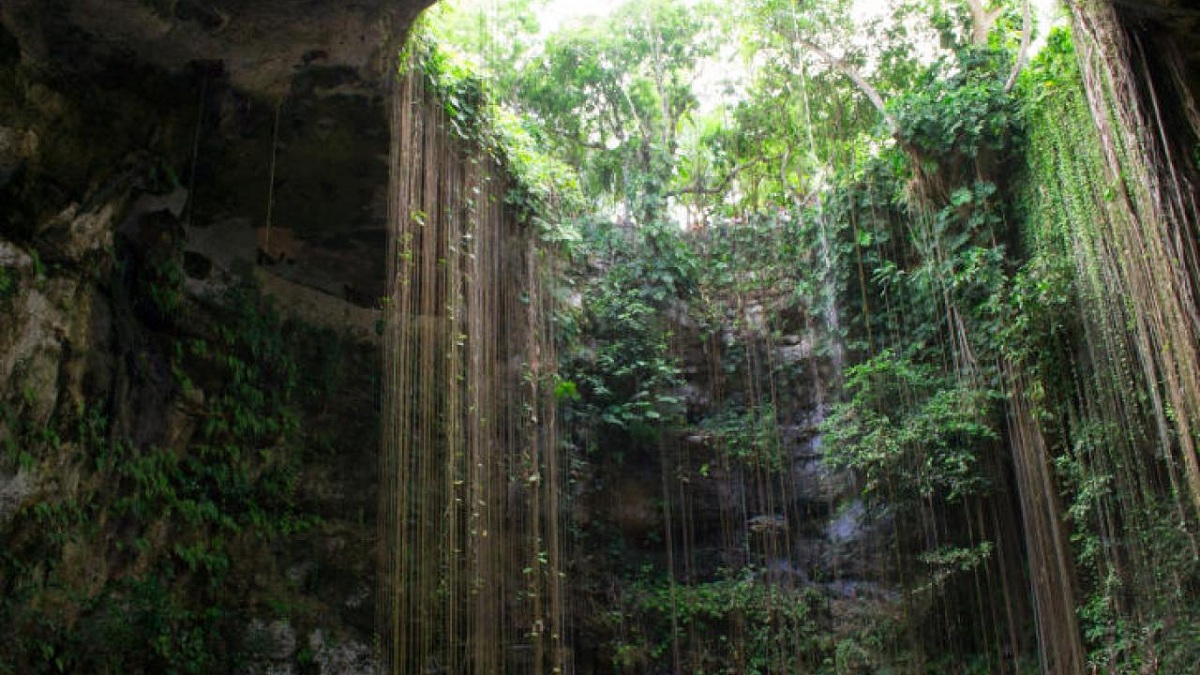
In geology there are several different types of formations. Each one has its unique characteristics and origin. One of them are sinkholes. This is quite a dangerous formation if it catches us off guard. And it is that it is a type of geological depression that occurs in the natural environment and that can form in the center of a canyon or anywhere else.
Therefore, we are going to dedicate this article to tell you everything you need to know about the sinkholes, their characteristics and formation.
Formation of sinkholes
The sinkholes are underground wells, formed in a catchment area, but there is no external drainage system, so the water begins to erode everything it passes through, be it the underground space or the asphalt itself.
There are three types: wild type, cover type and collapse type. It occurs naturally when there is almost no material or vegetation on the ground, so the water begins to dissolve the surface and eventually a well forms. The cover occurs when there is sand and when the water penetrates the material, the water flows downwards. The collapse type is the most dangerous, because the sediments begin to stir unknowingly, until the top layer finally breaks down and everything around it falls into the hole dug by the water.
In essence, its appearance is related to natural causes, human activities and water. Usually water from heavy rains or water that exists due to low sea level in the area will eventually affect one of the underlying rock layers of the soil, i.e. manages to change some non-surface layers. When this happens, two things can happen that lead to the formation of a sink.
First, it can happen that there is an underground cave in the ground that we step on, although we do not know it, and that it affects the very ceiling. This can be the erosion of the surface that collapses and is eventually exposed. In the second case it can happen because there are no caves, and the action of the water dissolves the rock that firmly holds the soil, and also causes it to collapse, creating these earthly abysses.
Where they occur
If authorities are warned, they may find road signs warning of potential vulnerabilities. Otherwise, pay attention to the ground, as there may be cracks and slight gouge marks. Another way to detect this is if you see plants growing near the cracks, means there is water underneath.
There are many very interesting underwater sinkholes, and there are even some that you can visit if you are sightseeing. These are often called "blue holes" and cover large areas. For example, Pozzo del Mero in Italy is almost 400 meters deep and the Blue Hole of Dean in the Bahamas sinks more than 200 meters.
The downside to sinkholes is that they are dangerous. Of course, it all depends on the type of sinkholes that form, but in cities they tend to erode to the point of collapse, which is why they eventually lead to the death of unsuspecting passers-by, and why many cars fall to the ground in depth. The most tragic thing is that the corpses of many people who were swallowed by the sinkhole, because the territory is very unstable, will never be recovered.
Examples of sinkholes
The rock salt that surrounds the Dead Sea or the limestone of the Yucatan Peninsula in Mexico are two other good examples of the natural formation of sinkholes in the world. In Spain, one of its most famous and impressive natural sinkholes is Torcas del Palancar in the province of Cuenca, which It has become an incredible tourist attraction in the Autonomous Community of Castilla-La Mancha.
In any case, not all soils are equally prone to sinking. In fact, the etymology of the word dolina originated in Slovenian, because it is easier to find them in these regions, especially in the Carso region. This is due to the type of soil they have, mainly composed of a series of specific rocks, such as limestone or gypsum, which in turn are composed of minerals that dissolve when they come into contact with water. This type of relief is called karst relief, leaving an impressive natural landscape that we can enjoy.
In addition, There are many types of sinkholes that can be formed. For example, a sump is a type of circular sump that is used as a drainage ditch for rainwater and small rivers; Tollos are very common in the Castilla y León area, similar to sinkholes, but the water they collect will form quickly. They are absorbed by the type of rock.
Relief and geology
The formation of sinkholes occurs in soils made of barren rocks formed from clay and limestone, so this is not the only process in calcareous areas. This happens when part of the rainwater becomes groundwater and flows under the rock mass at the same time as the mass that flows through it.
Because rainwater contains carbon dioxide from the atmosphere, carbonation occurs. This carbon dioxide reacts with the calcium hydroxide in the rock and releases water and calcium carbonate. Therefore, As long as the water reaches the required amount, the rocks will dissolve and settle.
These are the basis for the origin of karst modeling, which led to the formation of sinkholes. Surface water and groundwater gradually dissolve the rocks. In this way, galleries and caves are formed that connect the two waters.
Due to the gradual dissolution of the rock, its formation can be slow or it can form suddenly due to the collapse of an underground cave. In the second case, it represents a serious danger for the buildings located on the affected land.
About a year ago, one of these phenomena appeared in Guatemala, which caused fear and, as always, came to hasty and wrong conclusions based on the guesswork and voluntary pain that we had conceded. We are constantly bombarded by so-called coming disasters, and the reasons or possible causes are beyond words.
I hope that with this information you can learn more about the sinkholes and their characteristics.


